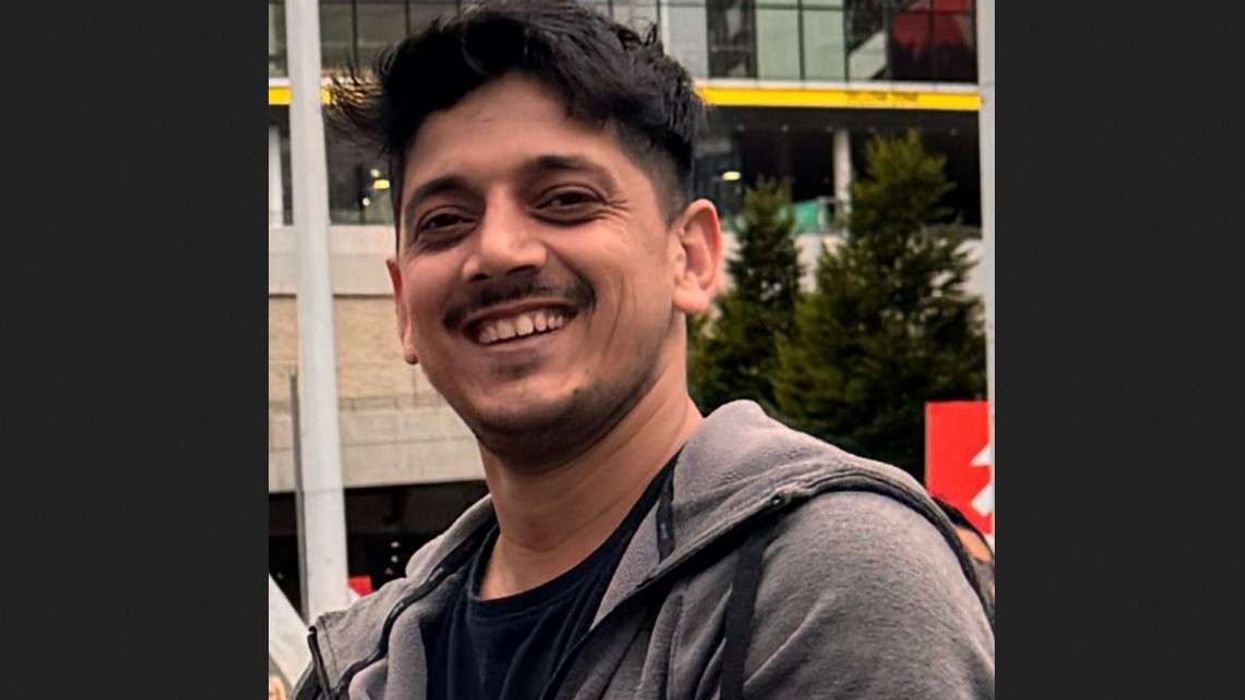AN ACTION-PACKED journey led Somy Ali from a thriving Bollywood career to becoming a hard-working humanitarian and setting up the USA-based No More Tears NGO, which has helped over 30,000 victims of domestic abuse. The driving force behind the charity, she has fearlessly fought for what is right and features in new Discovery Plus documentary Fight or Flight.
Eastern Eye got closer to the actress turned activist’s motivations and mindset by getting her to reveal her top 10 inspirations, in no particular order.
Mahatma Gandhi: As a pacifist what Gandhiji achieved is beyond comprehension and filled me with awe. He will forever be a hero of mine. It’s a shame that his anti-violence ideology seems to have become an obsolete concept not just in south Asia, but with the current war against the citizens of Ukraine.
Pooja: She is a domestic violence victim who was almost murdered by her husband and verbally/physically abused for 10 years but is now a free woman. She obtained a license through No More Tears’ help as an aesthetician and will always be a role model for me, along with the other victims my NGO rescues and assists.
Soldiers: As much as I detest wars, I salute every male and female soldier who is risking their lives so we can sleep comfortably at night. We owe our lives to these brave individuals and their families who are constantly living in fear of losing them. Now these are real life heroes because the possibility of getting shot in the face is not a scene out of a movie for them.
Philanthropists: I have tremendous respect for those affluent individuals who give and contribute their wealth where it is severely needed. My NGO has been fortunate enough to have several donors who have kept us alive. They silently make a big difference.
Discovery Plus: I salute this channel and the producers for presenting the world for the first time with a documentary series about domestic violence and how an NGO runs to rescue victims of sex trafficking. Fight or Flight, which features my NGO, No More Tears, and followed me for three months, 12 hours a day, will air on May 26.
Parents: One is fortunate if they come from a loving home and have parents who would do anything for their children’s happiness. Nothing beats a loving mother and a father who lives and breathes for their kids. We are all products of our childhoods, hence, if you had/have good parents, appreciate them and dote on them as they do on you.
Instagram: @realsomyali & @nomoretearsusa and www.nomoretearsusa.org









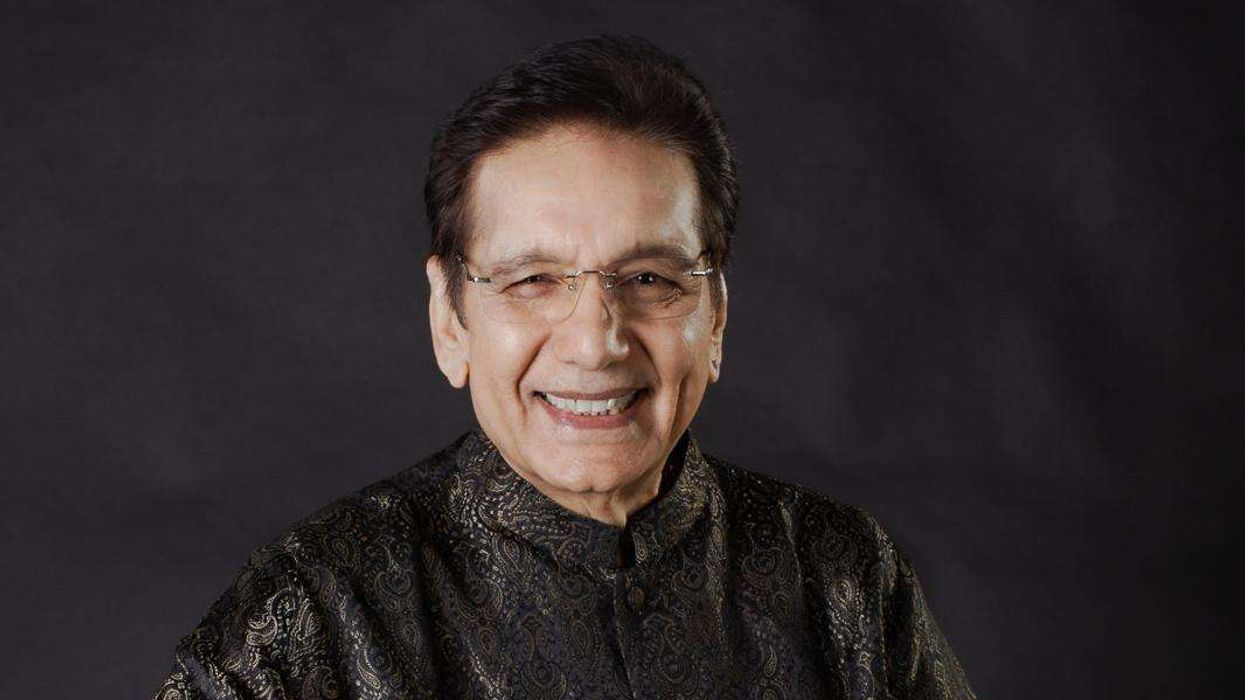
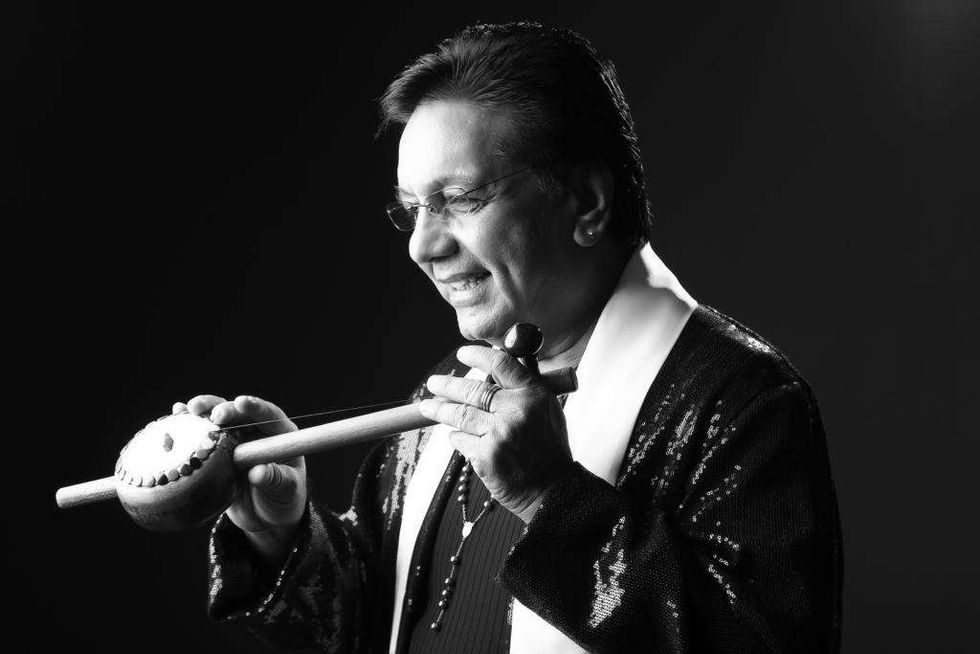 Channi Singh OBE — founder and frontman of the pioneering bhangra band AlaapChanni Singh
Channi Singh OBE — founder and frontman of the pioneering bhangra band AlaapChanni Singh Chham Chham Nachdi Phiran (with Asha Bhosle)Channi Singh
Chham Chham Nachdi Phiran (with Asha Bhosle)Channi Singh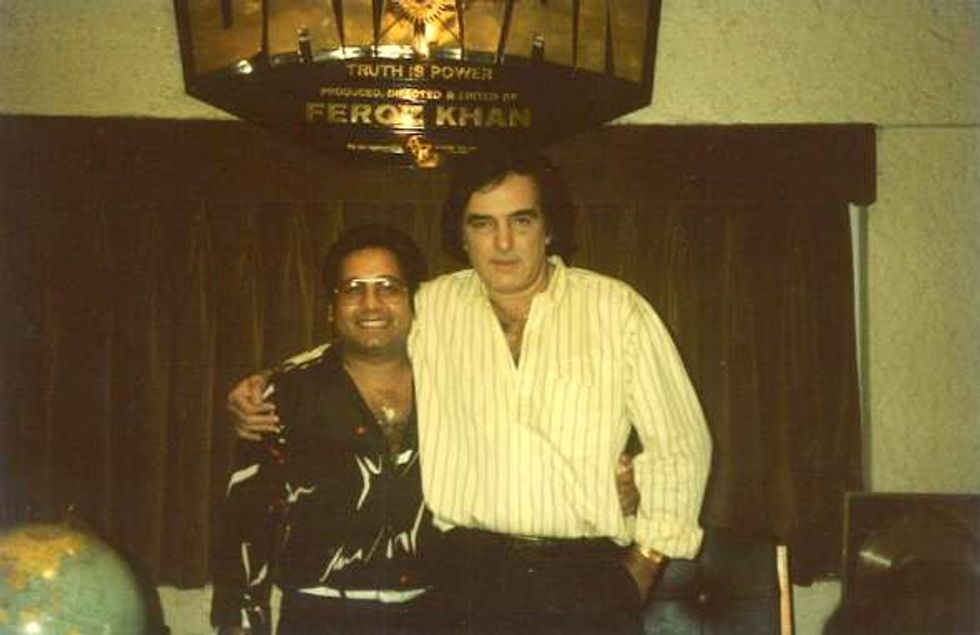 Channi Singh with Feroz KhanChanni Singh
Channi Singh with Feroz KhanChanni Singh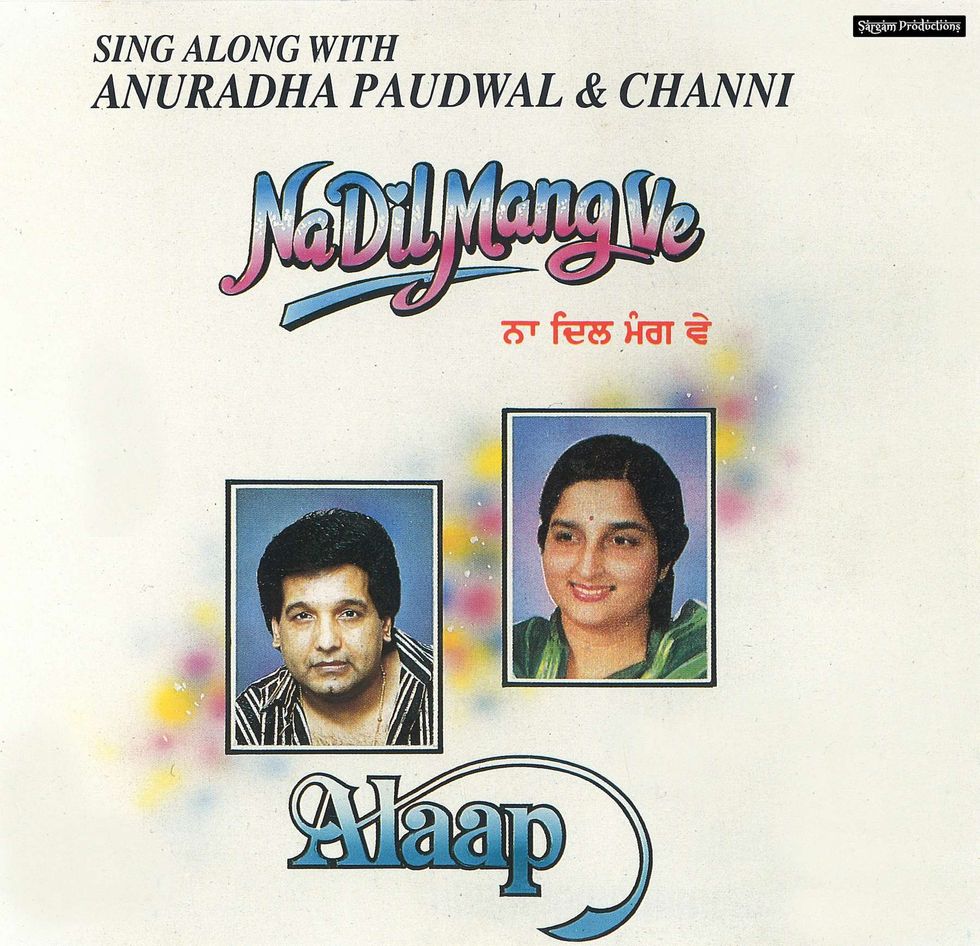 Na Dil Mang Ve (with Anuradha Paudwal)Channi Singh
Na Dil Mang Ve (with Anuradha Paudwal)Channi Singh





